People often face different difficulties when trying to set up their home audio systems. One of the most common challenges they discover is knowing the right connection cables to use. The struggle to find the right connection is very valid, as it is very important in determining how your home audio system will come out.
The two most common connection methods that people use for transmitting digital audio between devices are HDMI ARC (Audio Return Channel) and Optical cables. If you have ever tried connecting your game console to your TV, or a Blu-ray player to an external audio system, you will probably have come across one of these two cables.
Both HDMI ARC and Optical cables deliver high-quality digital audio to whole house audio systems, so how do you know which is better for you? In this article, we will be going into detailed comparison between the two options to help you make better informed decisions for your Arylic home audio setup.
What Is HDMI ARC?
HDMI ARC are cables that you can use to transmit and receive commands from external A/V systems. Although most people use HDMI cables to connect a video and audio source, like gaming consoles or desktop computers, you can also use it as a part of an expansive A/V system, such as ceiling speakers.
The HDMI audio return channel feature was introduced to the cable alongside the ability to handle Ethernet connection and 3D TV support. The cable is capable of being used with 4K and 1080p resolutions at specific refresh rates. From this, we can see that HDMI ARC has a wide range of practical uses.
If you are a music streamer with a dedicated airplay amplifier or surround sound setup, you can use an HDMI ARC to simplify the connection. Instead of using multiple cables to connect to your TV and audio system, you can simply connect an HDMI ARC from the source device to the TV and A/V system.
That way, you can transmit audio commands to your A/V system, while also transmitting videos with sound. You can use your HDMI ARC for any high-end surround sound setup and a wide range of other digital audio technologies. These cables also simplify your connections and make your audio system look neat.
HDMI ARC supports high quality audio formats like Dolby Atmos and two-way communication. They also have a CEC feature, which supports the ability to control multiple devices using one remote.
In addition to that, they integrate very well with receivers and a stereo amplifier. If you have an Arylic product in your audio setup, you will realize that they connect seamlessly with HDMI ARC-enabled devices.
What Is An Optical Cable?
Optical cables or TOSLINK cables, are audio cables made of optical fibers. This type of cable has been popular for audio and video connections since the 1980s. Since this technology is quite old, it is mostly used to connect devices like cameras, and CD and DVD players.
You can also use Optical cables to connect wireless audio transmitters and game consoles to TVs and audio-visual systems. Although this cable type is old, some people still use them till today. However, they have mostly been replaced with modern cables like HDMI.
Optical cables offer better support for legacy devices than modern cables. They support a wider range of media formats like Dolby Digital and DTS. They also have more physical standards than most modern cables such as the Mini-TOSLINK optical connection cable that is about the size of a 3.5mm headphone jack.
Although not every device in the modern age supports the use of Optical cables, you can use adapters with them that allow you to integrate with other connections such as HDMI and S/PDIF. Unlike HDMI cables, Optical cables can only support audio transmissions.
However, one major downside Optical cables have that HDMI cables do not is that they cannot support high-definition audio formats. The reason for this is that they do not possess enough bandwidth for lossless audio format. A single Optical cable cannot support more than two uncompressed PCM audio channels.
The recommended maximum cable length of Optical cables is 10m, however, there are some better cables that can extend up to 30m. Another downside to Optical cables is that they are not really durable and can break easily if the cable is bent or stretched too hard. Hence, installing them requires extra care.
Differences Between HDMI ARC And Optical Cables
Both HDMI ARC and Optical cables transmit multi-channel digital audio signals. However, that is what Optical cables are limited to. HDMI ARC is both an audio and a video transmission cable. This is why many people use it to connect TVs, music players, and video game consoles.
For HDMI cables, it is way easier to connect a single source to a single output. This makes your audio setup look neater, as you get to cut back on the number of cables you need to connect. In this modern age, unless you are using a legacy device, you will most likely have to use HDMI ARC alongside Optical cables.
This brings us to the question; are Optical cables really necessary? HDMI ARC supports higher bandwidths than Optical cables. Hence, it is able to transmit uncompressed surround sound that Optical cables cannot. In addition to that, both cables are built differently.
Optical cables use fiber optic glass fibers, which are surrounded by layers of insulators, to transmit signals. These materials protect the integrity of the signal from electromagnetic interference and the cable itself. However, glass can easily be broken as it is quite brittle.
HDMI ARC on the other hand, are made using copper material. They require additional shielding to prevent the signals from being affected by external interference. However, since HDMI cables from reputable brands like Arylic are made using quality material and have adequate shielding, this isn’t something to worry about. The main comparison between the two cables lie in their audio quality and compatibility.
Audio Quality Comparison
There is a major difference when it comes to the audio quality produced by HDMI ARC and Optical cables. Since HDMI supports higher bandwidths than Optical cables, they transmit high-definition audio quality better than Optical cables. Regular HDMI cables can handle uncompressed 5.1 surround sound quite easily.
However, if you want something that can handle uncompressed 7.1 surround sound, you will need an HDMI with enhanced ARC. HDMI ARC supports newer audio technologies like Dolby TrueHD, DTS HD Master Audio, and Dolby Digital Plus. This can make a major difference in the sound quality you get from your wireless ceiling speakers.
Optical cables, on the other hand, do not support any of these high-definition audio features. This is because they do not have enough bandwidth to carry uncompressed audio signals. Although Optical cables can support some high-quality audio signals and Dolby Digital, they are nowhere near HDMI ARC in this regard.
Individuals with high standards when it comes to their audio preferences will definitely prefer HDMI ARC to Optical cables. If you are a Spotify streamer that loves having the best audio experience, it is best to pair your Arylic products with HDMI ARC to get the best out of your multi-zone receiver or high-end home theater setup.
Ease Of Setup And Compatibility
Another major difference between HDMI ARC and Optical cables lies in how easy they are to set up and their compatibility with other devices. HDMI ARC allows users to connect a media source, like an audio player or game console to an external audio-visual system and TV.
Starting from the HDMI 1.4, the cable has boasted ARC features, which directly opened up a new way to set up an external A/V system with better cable placements. Compared to this, Optical cables require you to connect your media source to the TV, before you can connect the TV and audio system with the Optical cable.
In addition, HDMI ARC can detect the audio formats and settings from your audio source easily. You can also adjust the audio output easily because of this. However, Optical cables do not have this capability.
Although Optical cables are still compatible with some devices today, they are mostly older devices that are not commonly used. In modern times, most devices are built to be HDMI compatible instead, this gives the newer cable the edge over Optical cables when it comes to compatibility.
Conclusion
Both HDMI ARC and Optical cables have their pros and cons. HDMI ARC supports high-definition audio due to their higher bandwidth, and are more compatible with modern devices. Optical cables are built to safeguard audio signals from electromagnetic interference.
However, compared to HDMI ARC, Optical cables are much more complicated to install, and can break if care is not taken. For modern audio systems, especially if you use an Arylic amplifier, it is best if you use HDMI ARC. This is due to its advanced features and superior sound quality.
Explore Arylic’s wide range of audio products like our bluetooth amp and DIY speaker kit that are optimized for HDMI ARC to enhance your multi-room audio experience. Visit our website to find compatible products that will enhance your home audio setup with the best connection technology today.

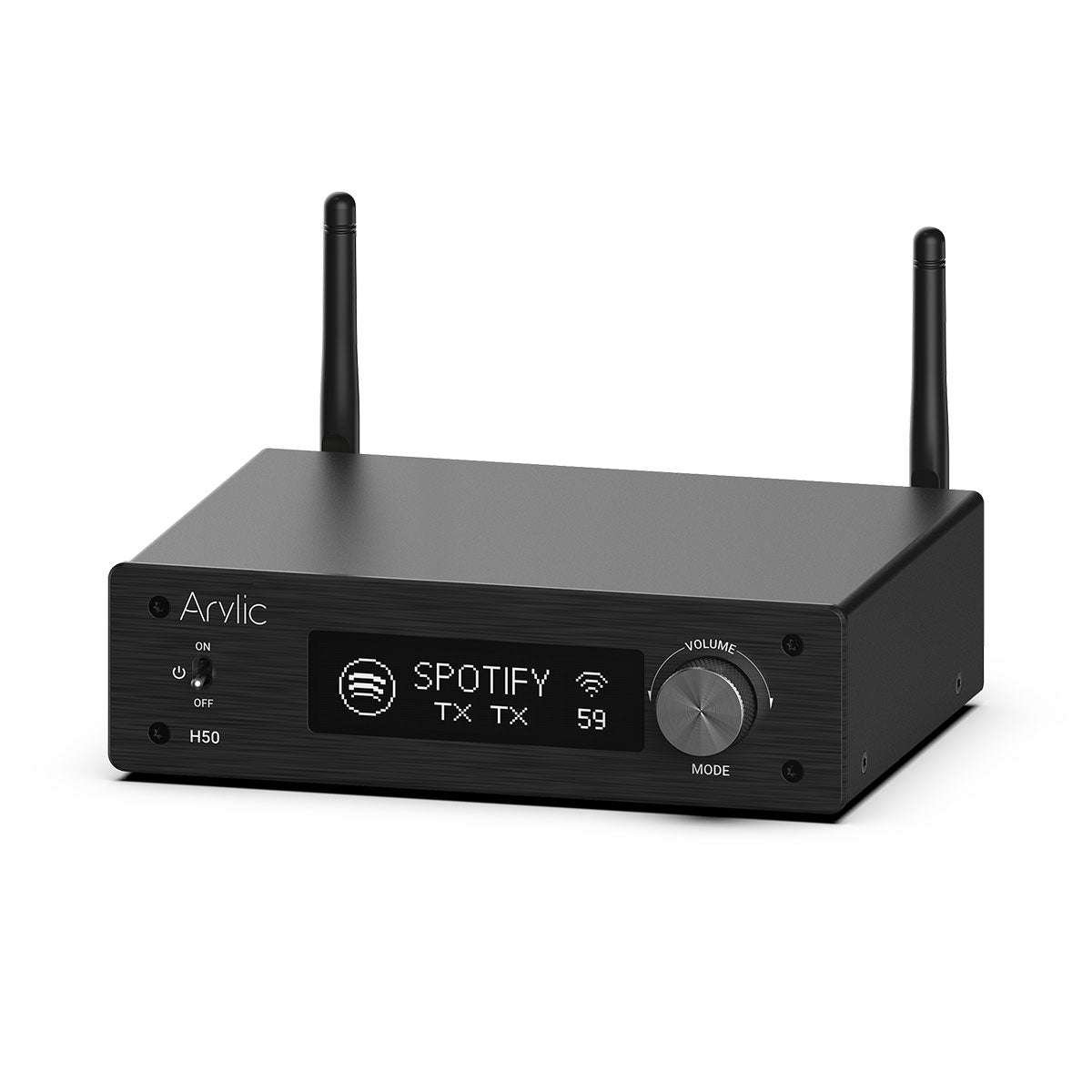
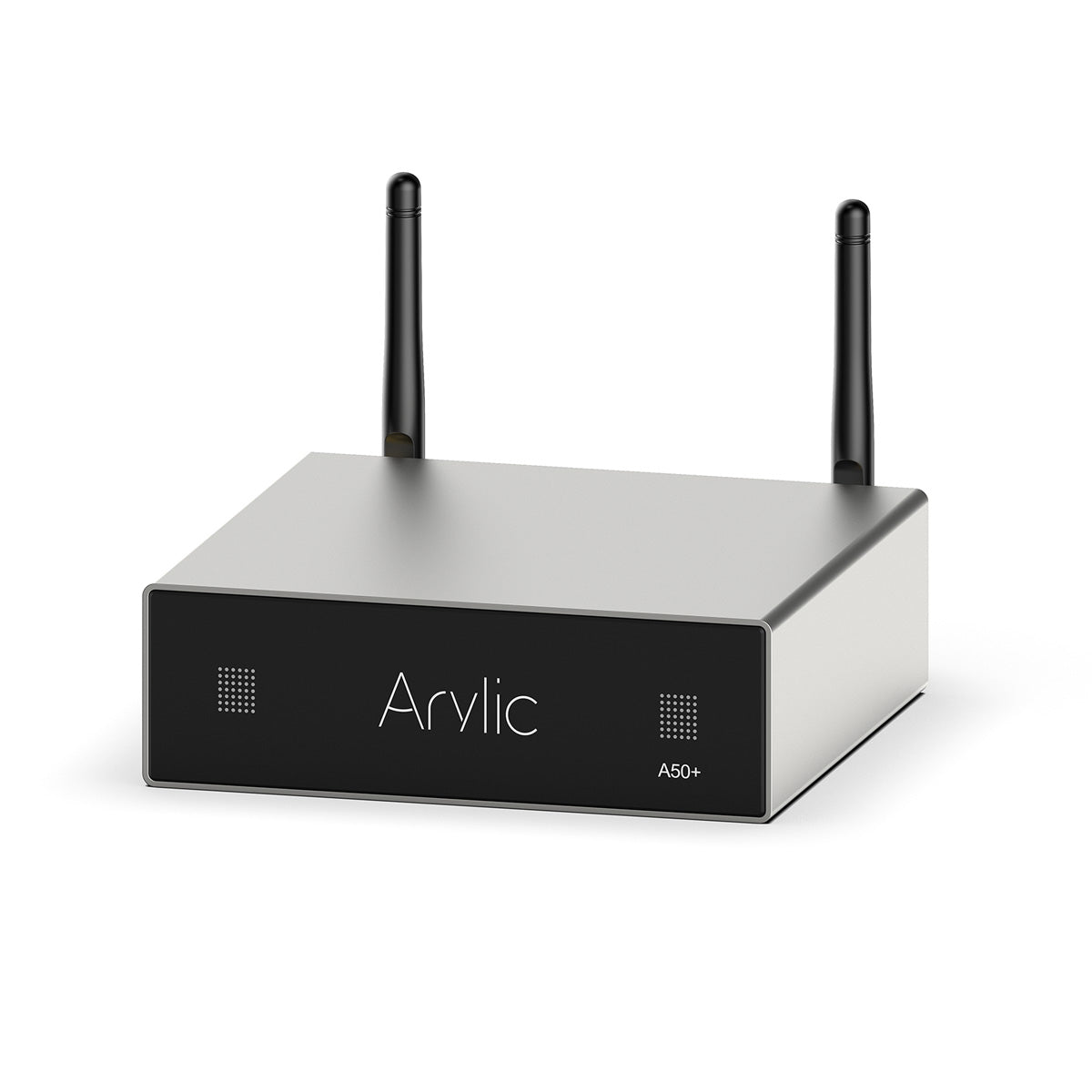
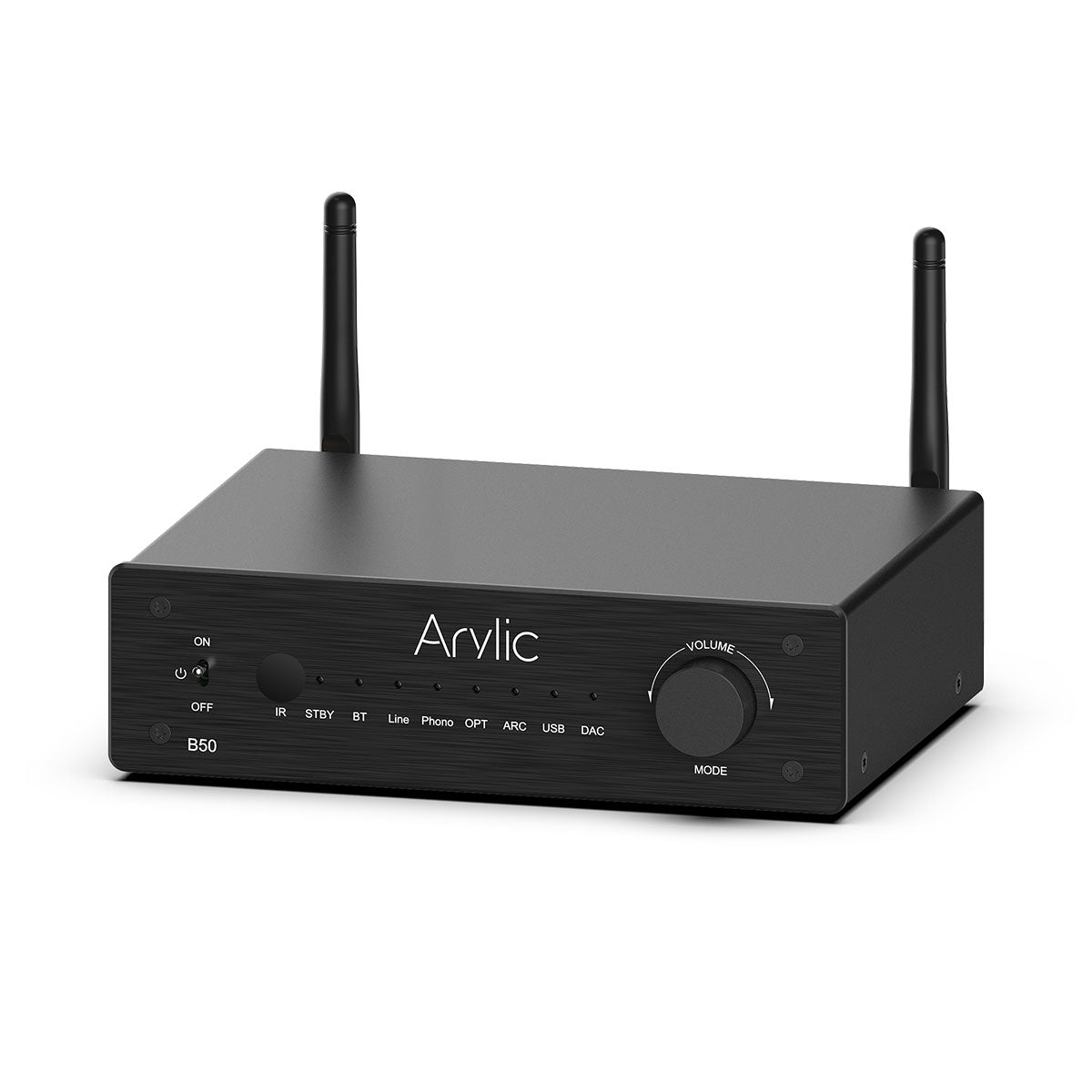
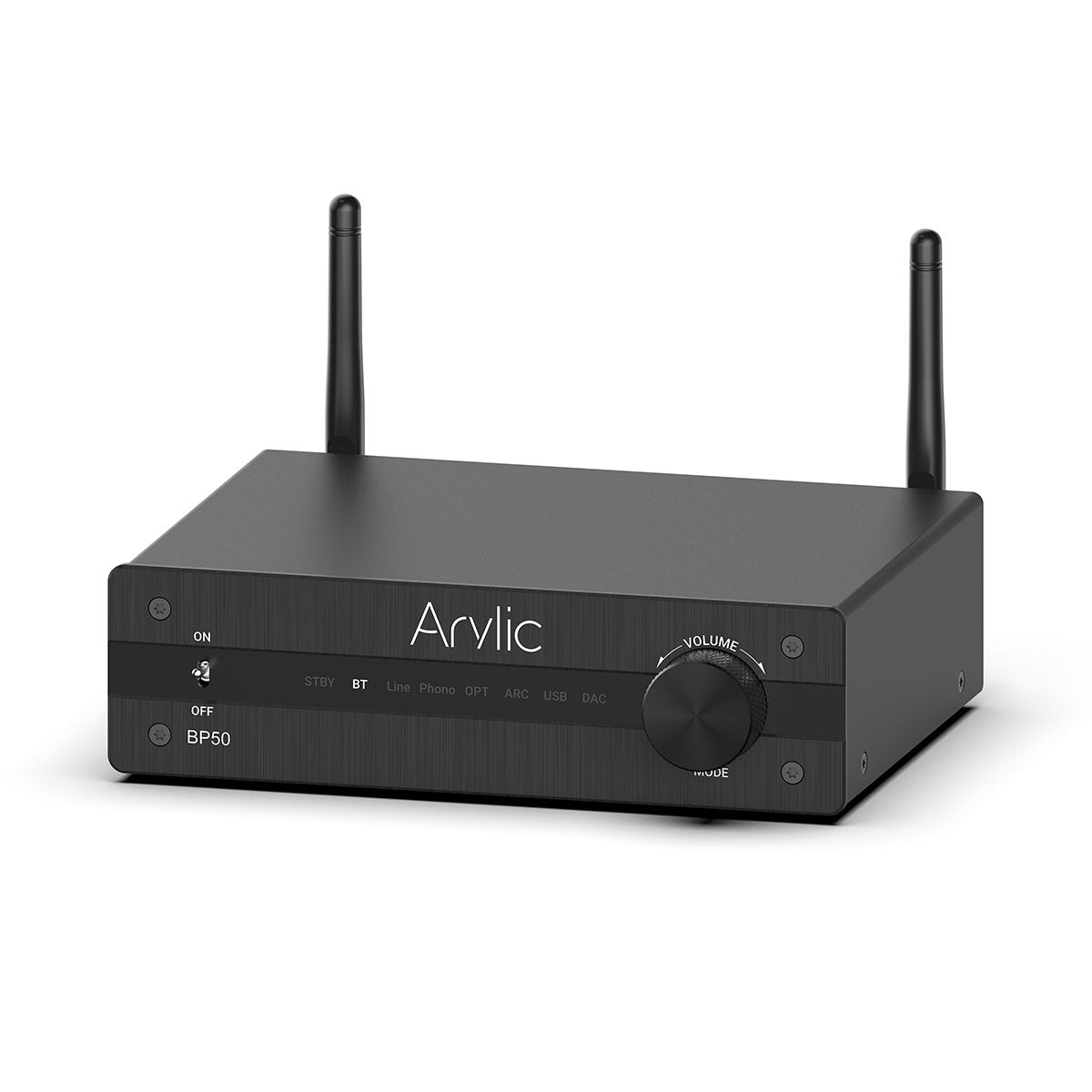
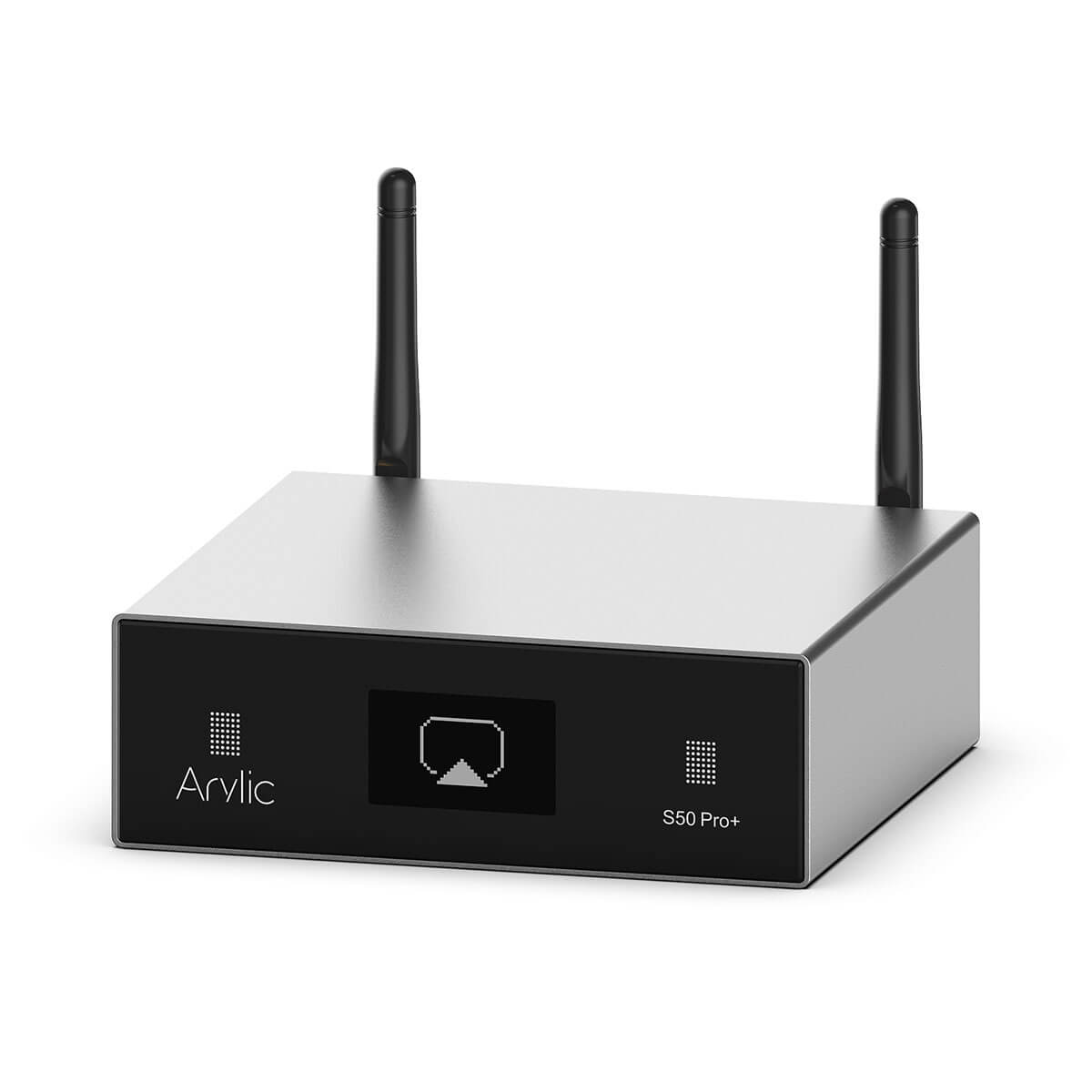
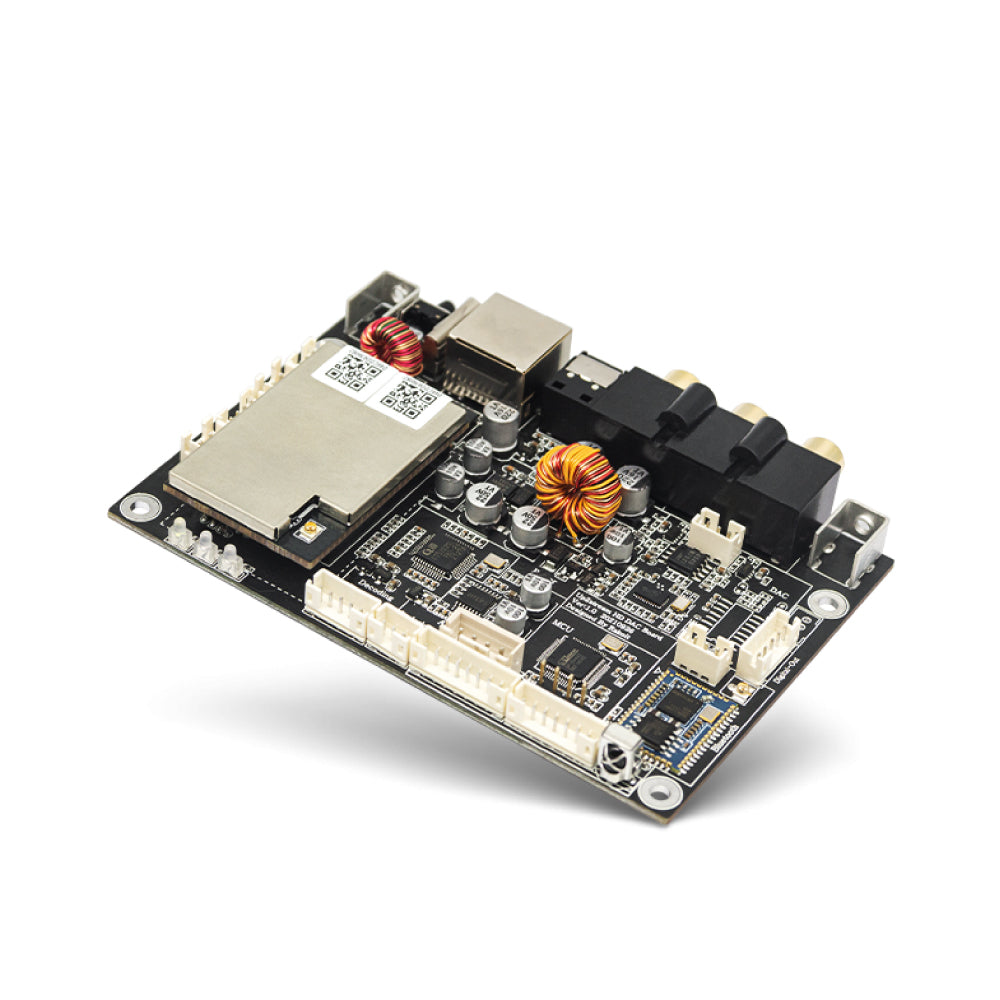
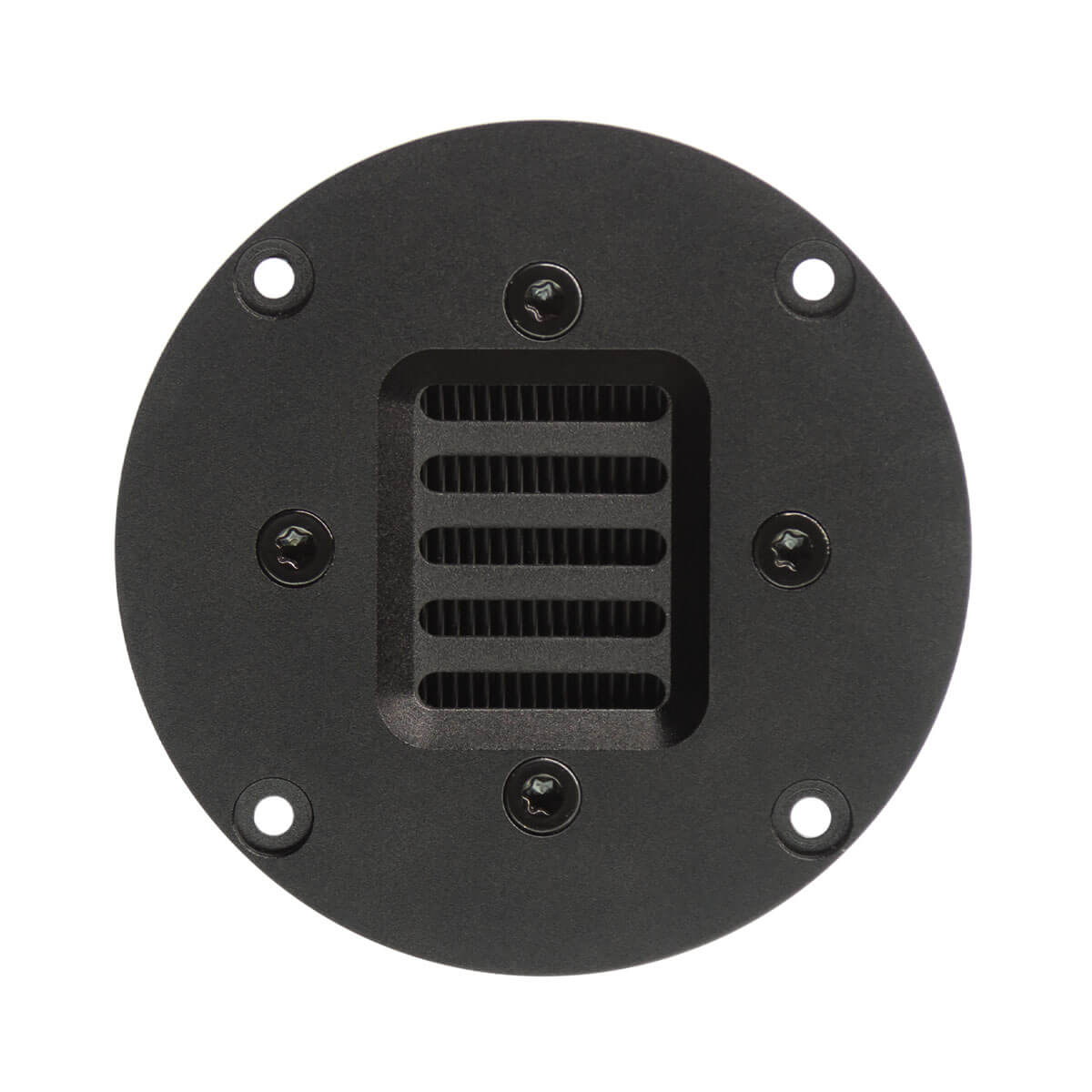

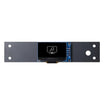
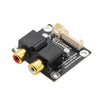
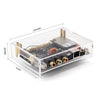
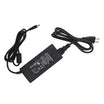
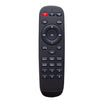
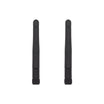

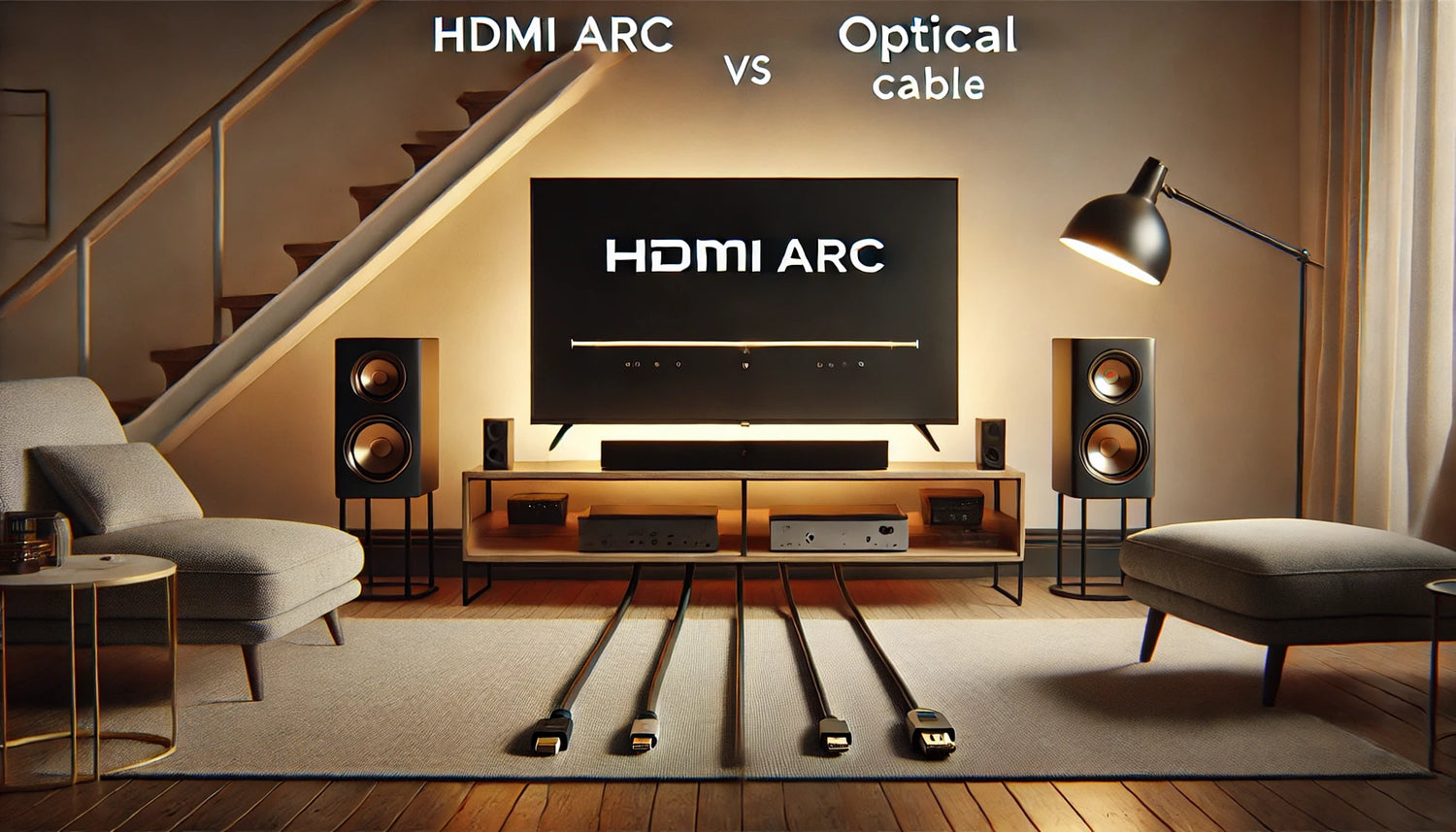


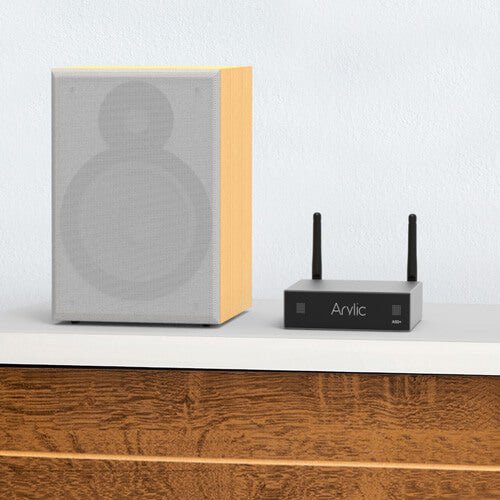
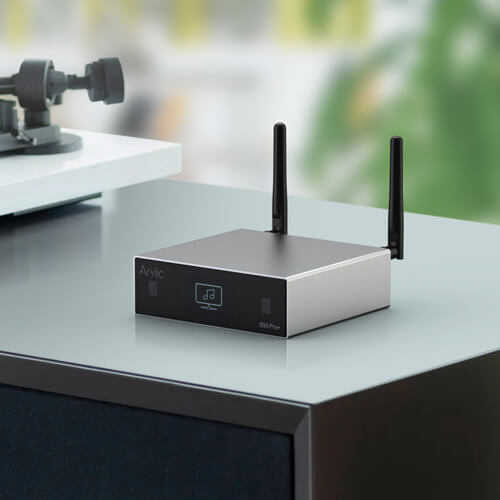
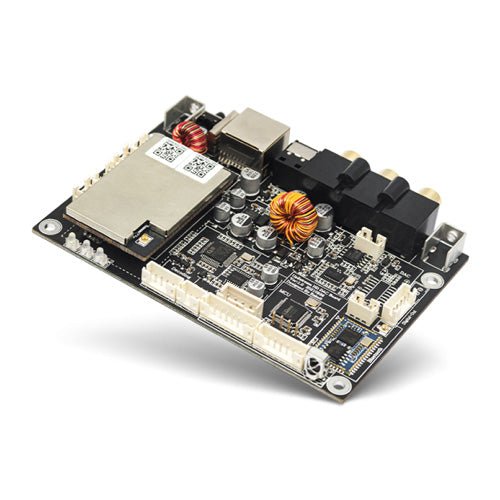

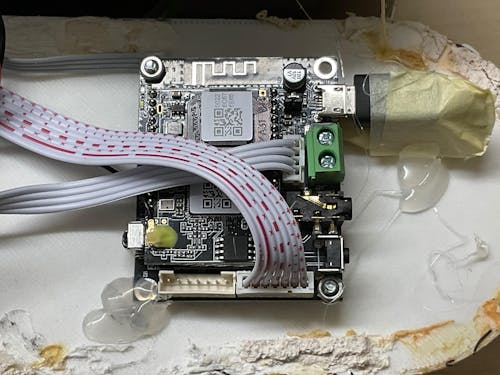

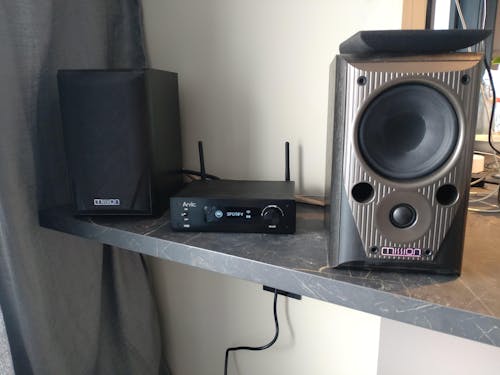
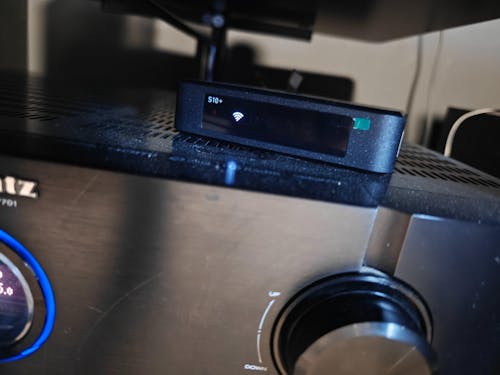
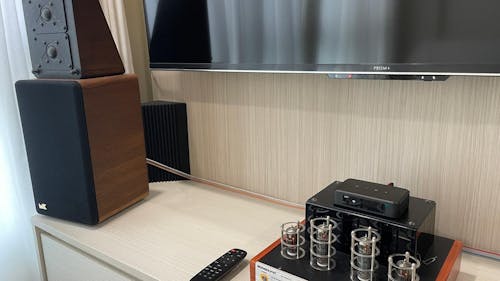


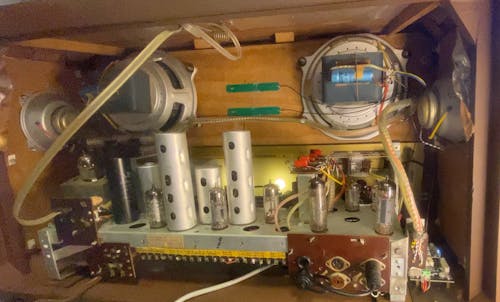
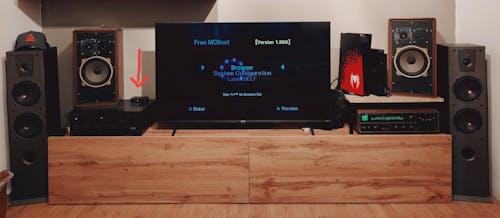
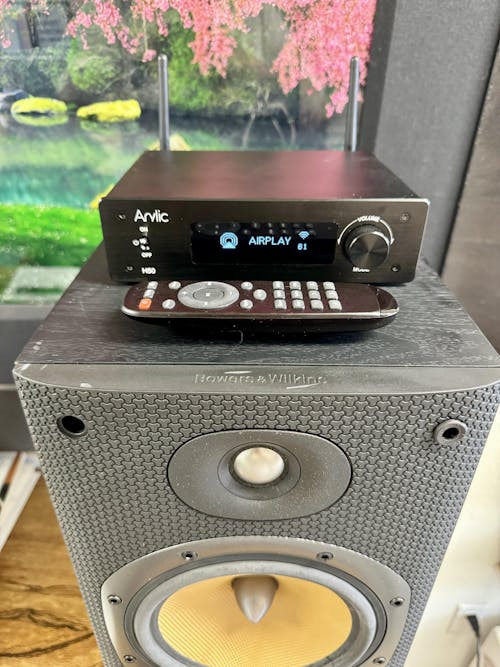
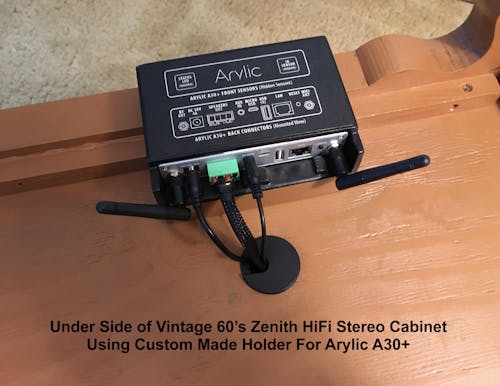
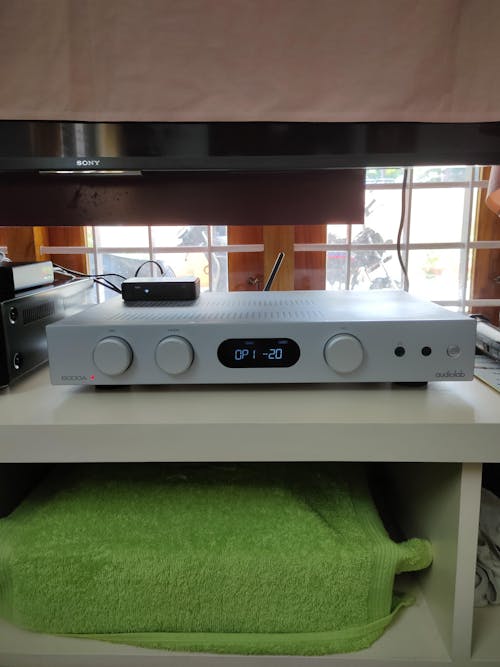
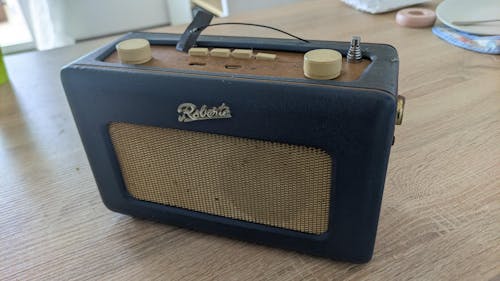

Leave a comment
All comments are moderated before being published.
This site is protected by hCaptcha and the hCaptcha Privacy Policy and Terms of Service apply.